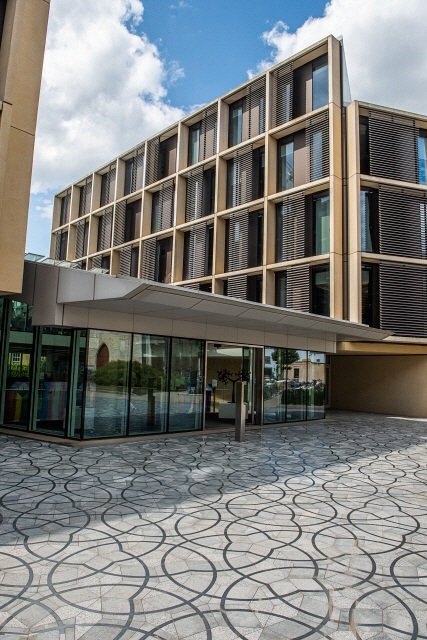15:30
A Century of Graph Theory
Abstract
This illustrated historical talk covers the period from around 1890, when graph theory was still mainly a collection of isolated results, to the 1990s, when it had become part of mainstream mathematics. Among many other topics, it includes material on graph and map colouring, factorisation, trees, graph structure, and graph algorithms.
15:30
Formalization of Brownian motion in the Lean theorem prover
Abstract
I will present a collaborative project in which we formalized the construction of Brownian motion in Lean. Lean is an interactive theorem prover, with a large mathematical library called Mathlib. I will give an introduction to Lean and Mathlib, explain why one may want to formalize mathematics, and give a tour of the probability theory part of Mathlib. I will then describe the Brownian motion project, its organization, and some of the formalized results. For that project, we developed the theory of Gaussian measures and implemented a proof of Kolmogorov's extension theorem, as well as a modern version of the Kolmogorov-Chentsov continuity theorem based on Talagrand's chaining technique. Finally, I will discuss the next step of the project: formalizing stochastic integrals.
The University's Digital Festival is back for 2025, with a focus on AI and its impact on research, education and operations. This full-day programme of talks and roundtable discussions, with a supporting exhibition to inspire and inform, is open to all staff across the University and Colleges.
Thursday 20 November at Rhodes House


